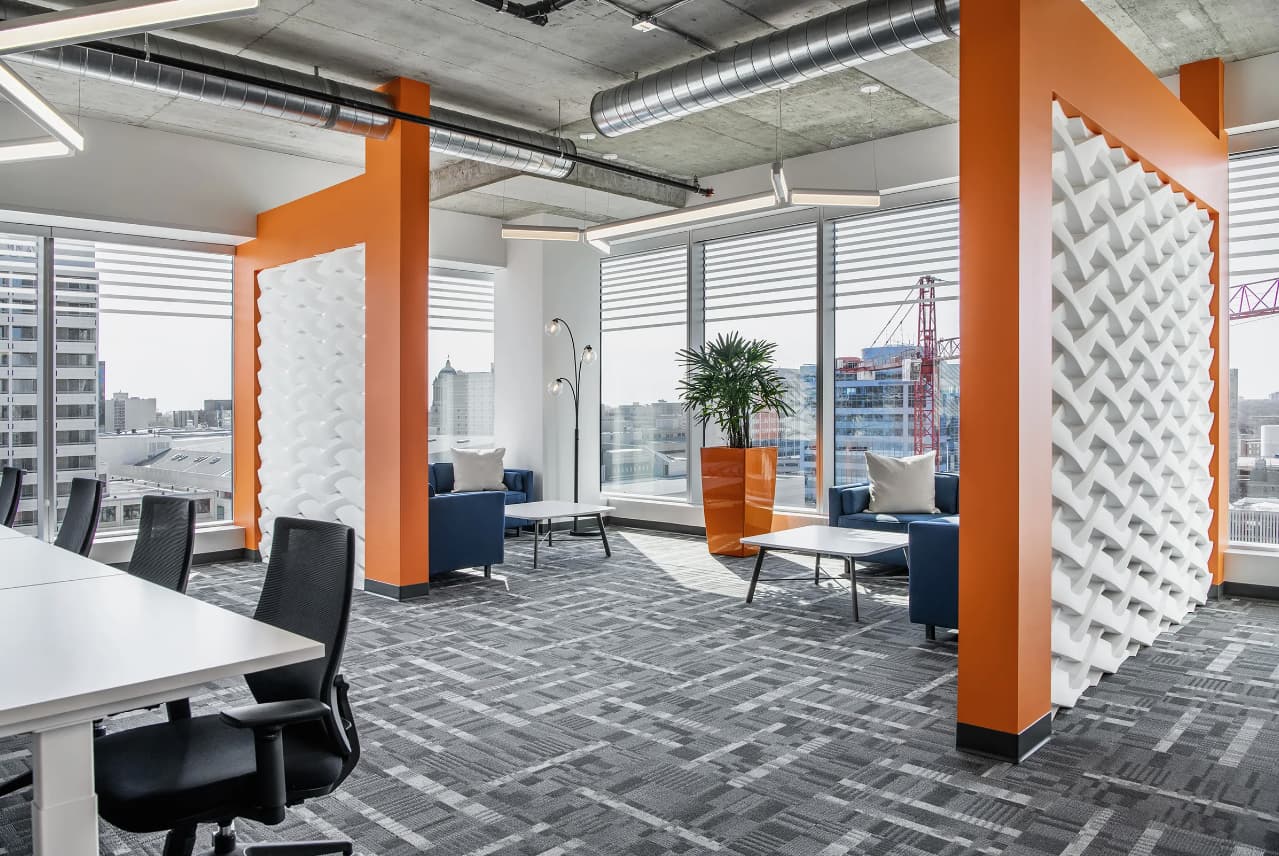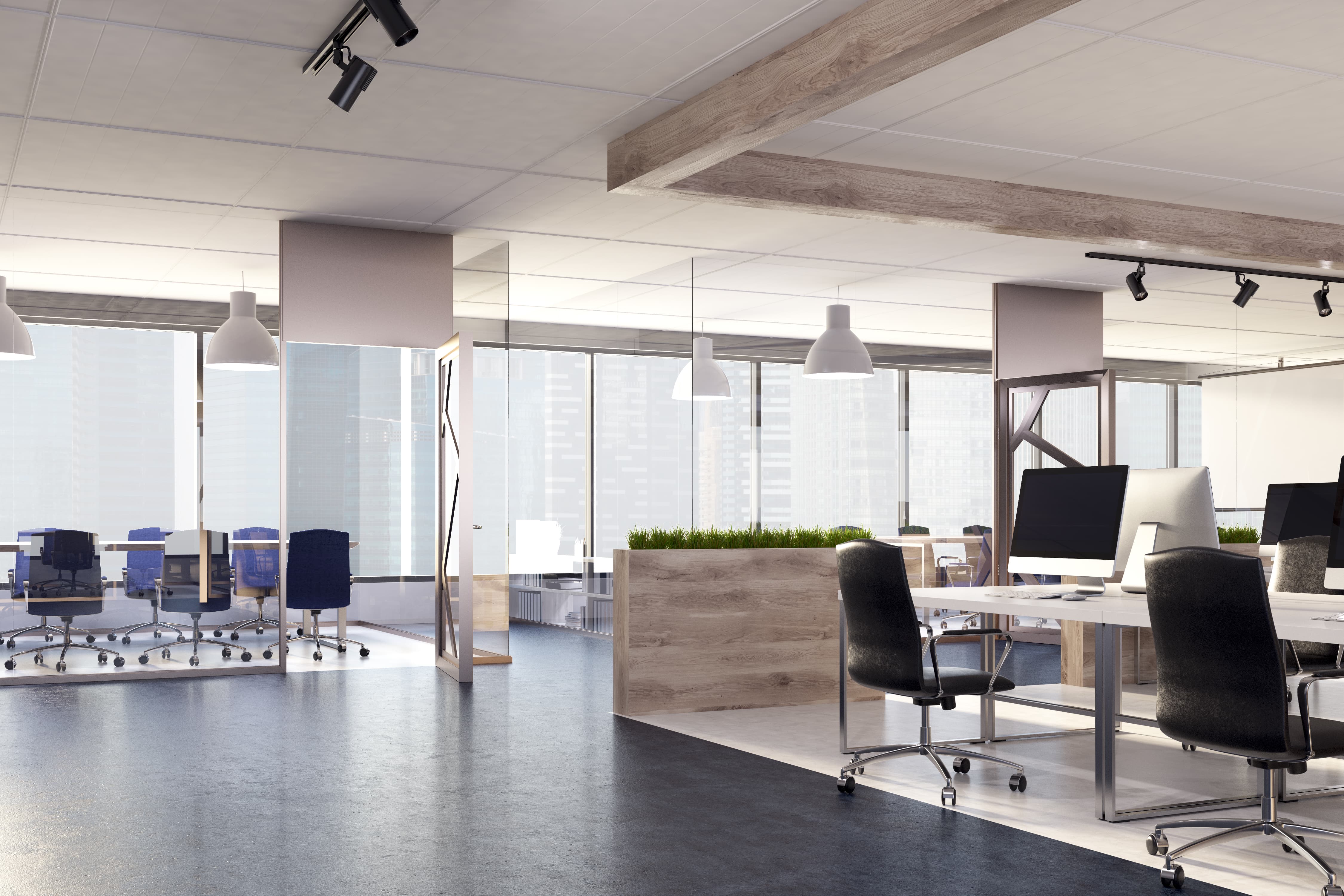The COVID-19 pandemic fundamentally changed the world of work, with many organizations quickly pivoting to a work from home model.
While COVID-19 remains a part of our lives, its impact has lessened, with many companies asking themselves when is the right time to bring employees back into the office, how often, and what that might look like. No two organizations are alike, so while some organizations are reinforcing the hybrid work model, others like Tesla, Disney and Meta are calling employees back to the office. Despite early reports during the pandemic that major companies intended to do away with their offices, only 8 percent of businesses reported that it is likely or very likely they will reduce their physical space after the pandemic.
What factors impact the optimal work-model for each organization? In the new hybrid work era, there are a number of considerations to examine in order to land on the best work structure.
The new world of work
For many, the benefits of work flexibility were made clear after months of forced remote working during the COVID-19 pandemic. Most workers (90 percent) reported being at least as productive at home as there were in the office. Many experienced enhanced work-life balance, spending less time commuting and more time at home. For many, living a happier home life enhanced productivity at work, evidence of indirect outcomes associated with work flexibility.
While remote work provides higher productivity levels, 49% of managers of hybrid workers struggle to trust their employees to do their best work remotely. It could be said to some degree that those same employers didn’t have confidence when they were in-office as well, but this was magnified during the pandemic.
No matter the work model utilized, the pandemic has forced a re-thinking of how work is done. As organizations develop new structures, they must consider the following:
- Reconstruct how work is done with a focus on processes and culture. As the hybrid work structure becomes more common, organizations must adopt it successfully, taking into account the lack of face to face interaction that it brings.
- Make decisions about which roles must be carried out in person, to what degree and what can be done remotely. Not every role can be carried out via working remotely, so organizations must align job competencies and deliverables with the right structure.
- How to create an environment that fosters collaboration and engagement. When employees are in the office, organizations should purposefully encourage interaction and community, to take advantage of the known benefits of in-office work.
- Redesign the workspace to support organizational priorities. Thought should be given to how an organization can best utilize the office space available, and how a combined hybrid work model is changing the in-office work needs.
- Resize the footprint creatively. Companies should take a fresh look at how much and where space is required and how it fosters desired outcomes for collaboration, productivity, culture, and overall work experience.
Introducing the flexible, hybrid office
Smart organizations have shifted to flexible work policies and hybrid work models that enable higher levels of employee engagement and productivity. But this requires organizations to rethink how work is done.
Strategic design should be given to enhancing the office when employees are working from this environment, such as more open spaces and less closed off, walled cubicles. Similarly, meetings that could benefit from interaction should be scheduled on in-office days, to take advantage of collaborative opportunity and the creativity that inclusive discussions can foster.
The hybrid work model is fluid, with every organization implementing their own structure and policies, taking into consideration an employee’s role, collaboration required, productivity levels and technology used. Specifically, conversations around community, socialization, collaboration and spontaneity should be included, and informed by the design. With so many factors to consider, every organization and role will have various elements to examine, but one thing is certain: we will continue to see formative changes as the ecosystem adjusts to flexible policies in the hybrid era.




